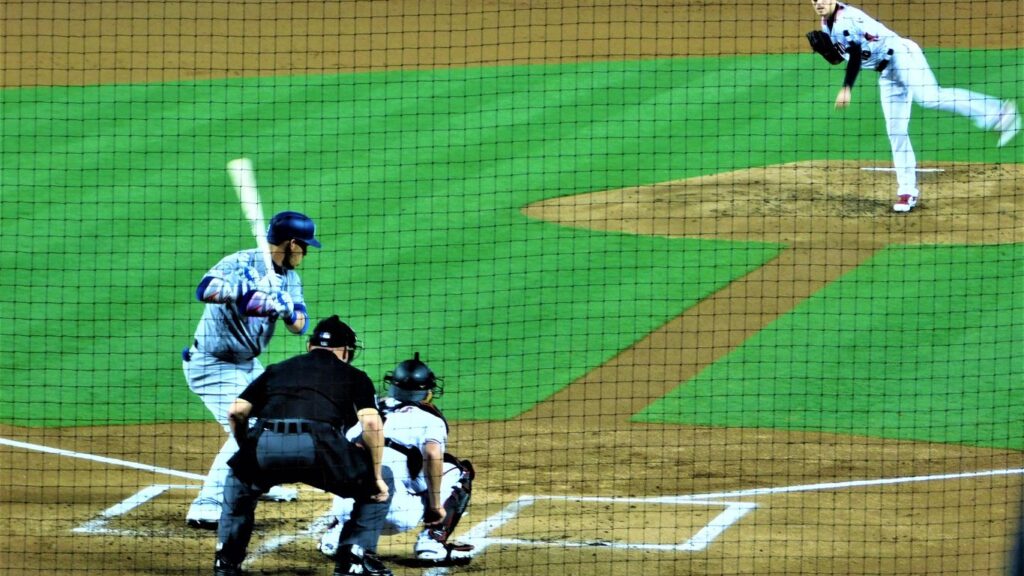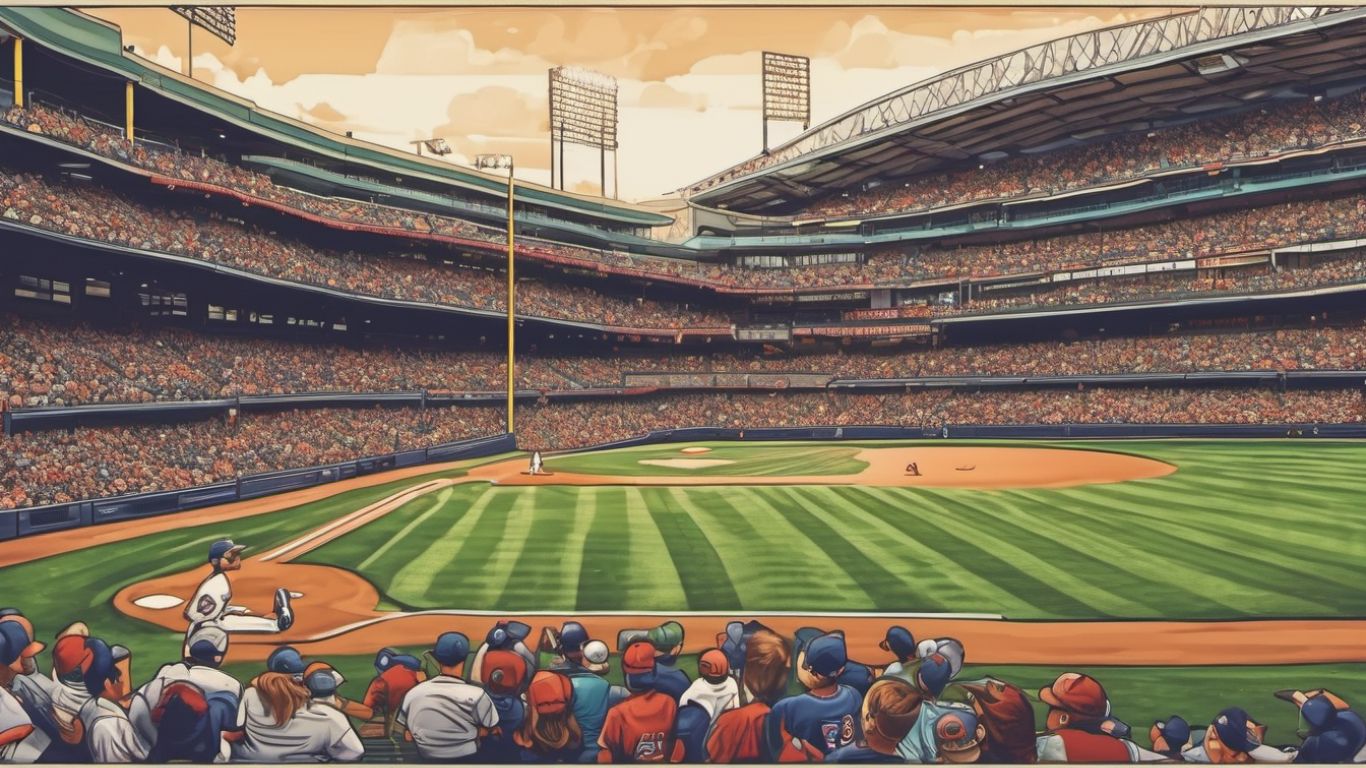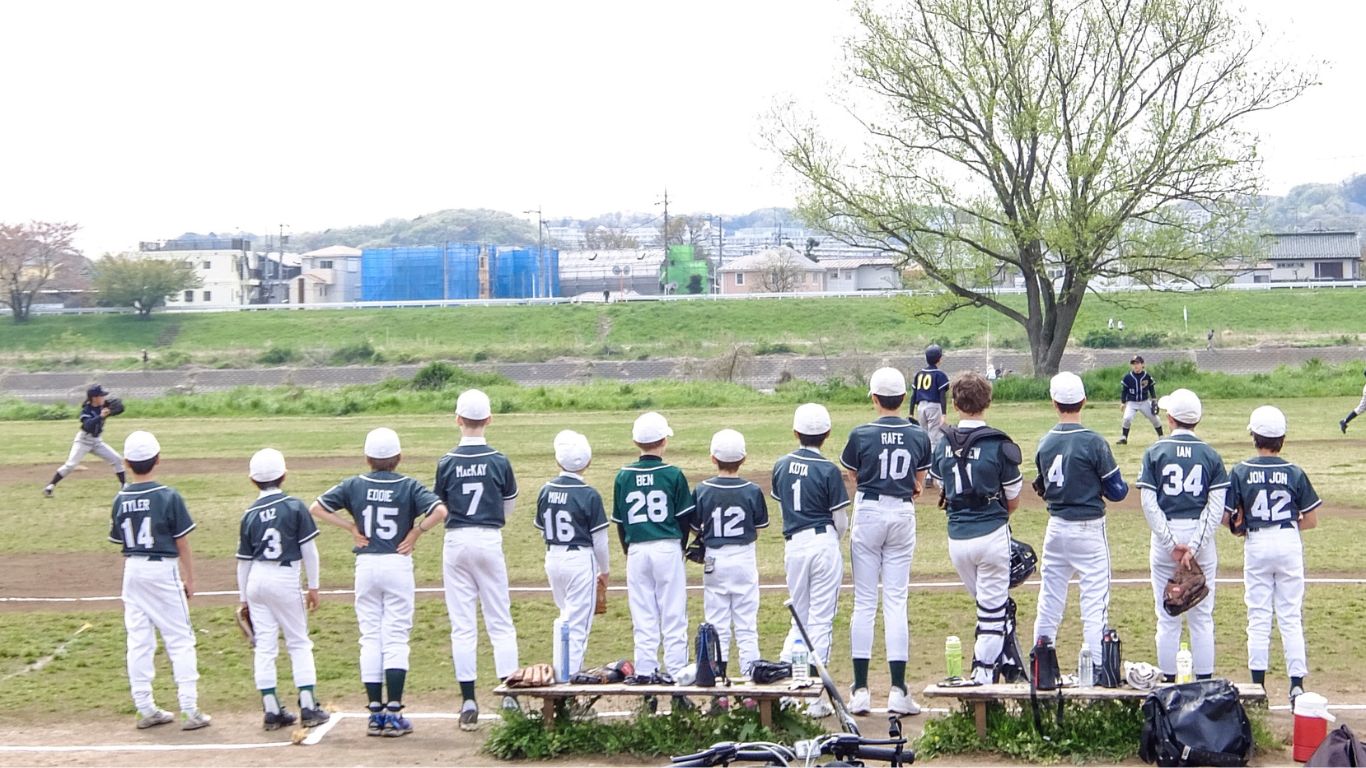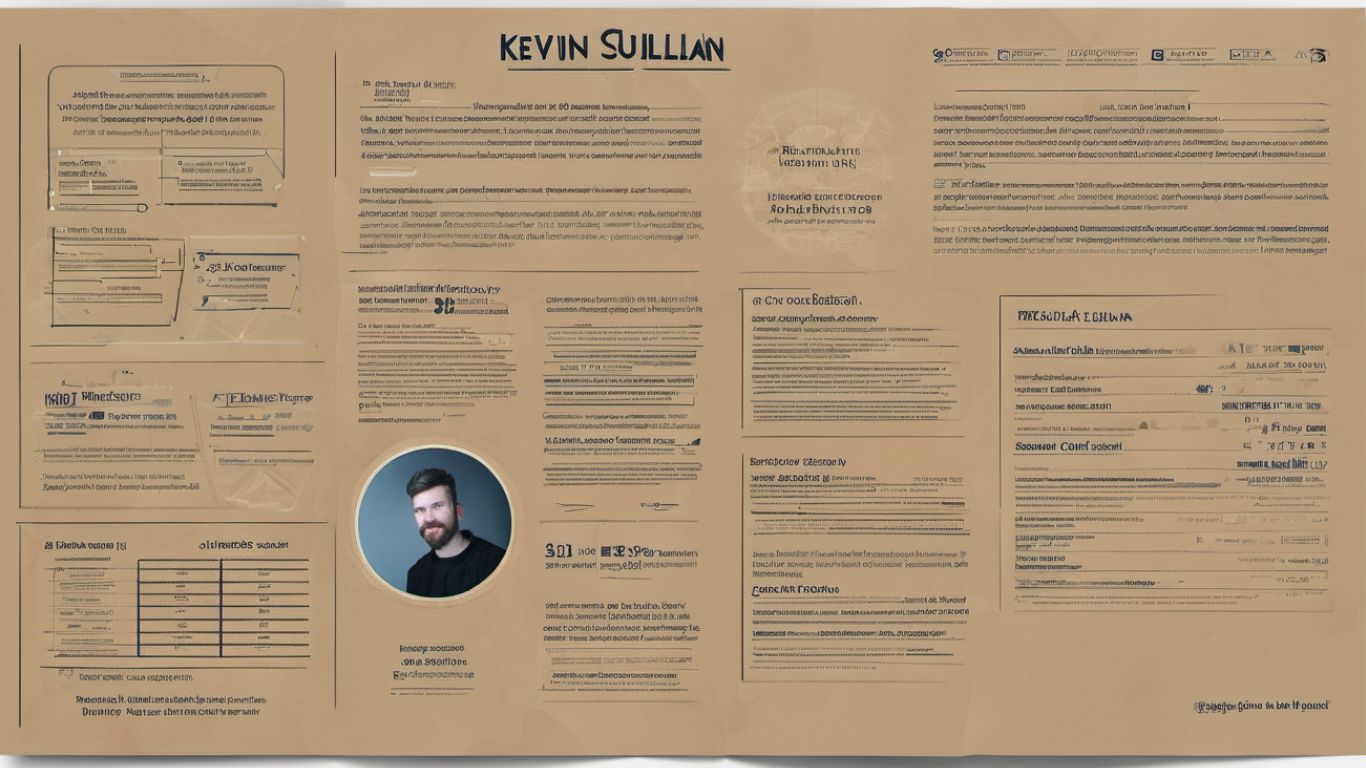Baseball, a sport deeply rooted in tradition and fairness, has numerous rules designed to ensure its integrity. One rule prohibits players and coaches from drawing lines in the infield or outfield during games or practices. Understanding the rationale behind this rule provides insights into baseball’s commitment to maintaining fair play and standardized conditions.
History of the Balk Rule and Drawing Lines
The rule against drawing lines in baseball is closely related to the history of the balk rule. The balk rule prevents pitchers from deceiving base runners, ensuring fair play. Similarly, the prohibition against drawing lines prevents players from gaining an unfair advantage or disrupting the game’s natural flow.
Critical Reasons for the Rule Against Drawing Lines

- Preserving Standard Playing Conditions
Drawing lines on the field can disrupt the standard playing conditions that both teams rely on. Alterations to the field’s surface can lead to uneven terrain, affecting how the ball bounces or rolls. This could unfairly benefit one team, compromising the game’s integrity.
- Ensuring Ball Trajectory
The addition of unsanctioned lines can influence the trajectory of the ball. Baseball relies heavily on precision and predictability, and any changes to the field can introduce unpredictability, making the game less fair and potentially more dangerous.
- Upholding Fair Play
Standardization is crucial in sports. Maintaining the field’s original design ensures all participants play under the same conditions. The rule against drawing lines helps uphold this standardization, promoting fair competition.
- Safety Considerations
Drawing lines on the field can create tripping hazards. These hazards not only jeopardize player safety but can also disrupt the game’s flow. Adhering to this rule helps maintain a safe environment for all players.
- Respecting the Game
Baseball is a sport steeped in tradition. Respecting these traditions includes following established guidelines that govern the game. The rule against drawing lines is part of this broader respect for baseball’s standards and the integrity of the playing field.
Impact on Pitcher’s Performance
Confusion among players and fans can arise when lines are drawn on the field, especially around the pitcher’s mound. Such practices can disrupt a pitcher’s focus and technique, impacting performance. Maintaining a consistent and undisturbed field helps pitchers perform to the best of their abilities.
Controversies and Potential for Unfair Advantage
There have been controversies surrounding the act of drawing lines on the field. Some argue that it can be used strategically to gain an unfair advantage. For example, marking a batter’s box or altering the pitcher’s mound can create subtle benefits that disrupt the balance of fair play. Enforcing the rule strictly helps mitigate these potential issues.
FAQs
Q: Why is drawing lines on the field considered unfair?
A: Drawing lines on the field can lead to uneven playing conditions, potentially altering how the ball interacts with the surface and providing an unfair advantage to one team. It can also introduce hazards and disrupt the game’s natural flow, compromising the sport’s fairness and integrity.
Q: Are there any exceptions to the rule against drawing lines?
A: No, there are no exceptions to this rule. Both players and coaches are strictly prohibited from altering the field by drawing lines, ensuring that all participants compete under the same standardized conditions.
Q: What penalties exist for drawing lines during a game?
A: If a player or coach is found drawing lines during a game, the umpire can discipline them, including warnings, ejections, and further sanctions based on the league’s specific regulations.
Q: How does the rule against drawing lines correlate with the balk rule?
A: Both rules aim to maintain fair play by preventing deceptive practices. While the balk rule focuses on deterring pitchers from deceiving base runners, the prohibition of drawing lines ensures that no player gains an unfair physical advantage or affects the field conditions.
Q: What historical incidents led to the enforcement of this rule?
A: There have been instances in the past where drawing lines affected game outcomes, prompting the baseball authorities to enforce the rule more strictly. These incidents underscored the importance of maintaining standardized conditions to ensure a fair and competitive environment.
Q: Does the rule apply during practice sessions as well?
A: Yes, the rule applies during both games and practice sessions. This consistency helps instill discipline and respect for the game’s regulations, ensuring that the principles of fair play are always upheld.
Q: Are there any specific areas of the field where drawing lines is more strictly regulated?
A: While drawing lines is prohibited across the field, areas like the pitcher’s mound and the batter’s box are susceptible. Any disruptions in these zones can significantly impact gameplay. Thus, enforcement is more stringent here.
Conclusion: Maintaining Integrity in the Game
The prohibition against drawing lines in baseball is more than a mere technicality; it is a rule that underscores the sport’s commitment to fairness, safety, and tradition. By preserving standard playing conditions, ensuring predictable ball trajectories, and upholding the spirit of fair competition, this rule plays a vital role in maintaining the integrity of the game.
Understanding and respecting this rule allows players, coaches, and fans to appreciate the nuances of baseball, ensuring that the sport remains fair and enjoyable for all.









